In a remarkable paleontological discovery that has sent ripples of excitement through the scientific community, researchers have unearthed a perfectly preserved fossilized dinosaur nest. This rare find offers an unprecedented glimpse into the reproductive behaviors and family structures of these magnificent creatures that once ruled our planet. Unlike fragmented or disturbed nests that typically emerge during excavations, this intact specimen provides a complete snapshot of prehistoric parenting, preserved in stone for over 66 million years. The discovery not only enhances our understanding of dinosaur nesting habits but also offers new insights into the evolutionary connections between dinosaurs and modern birds.
The Remarkable Discovery
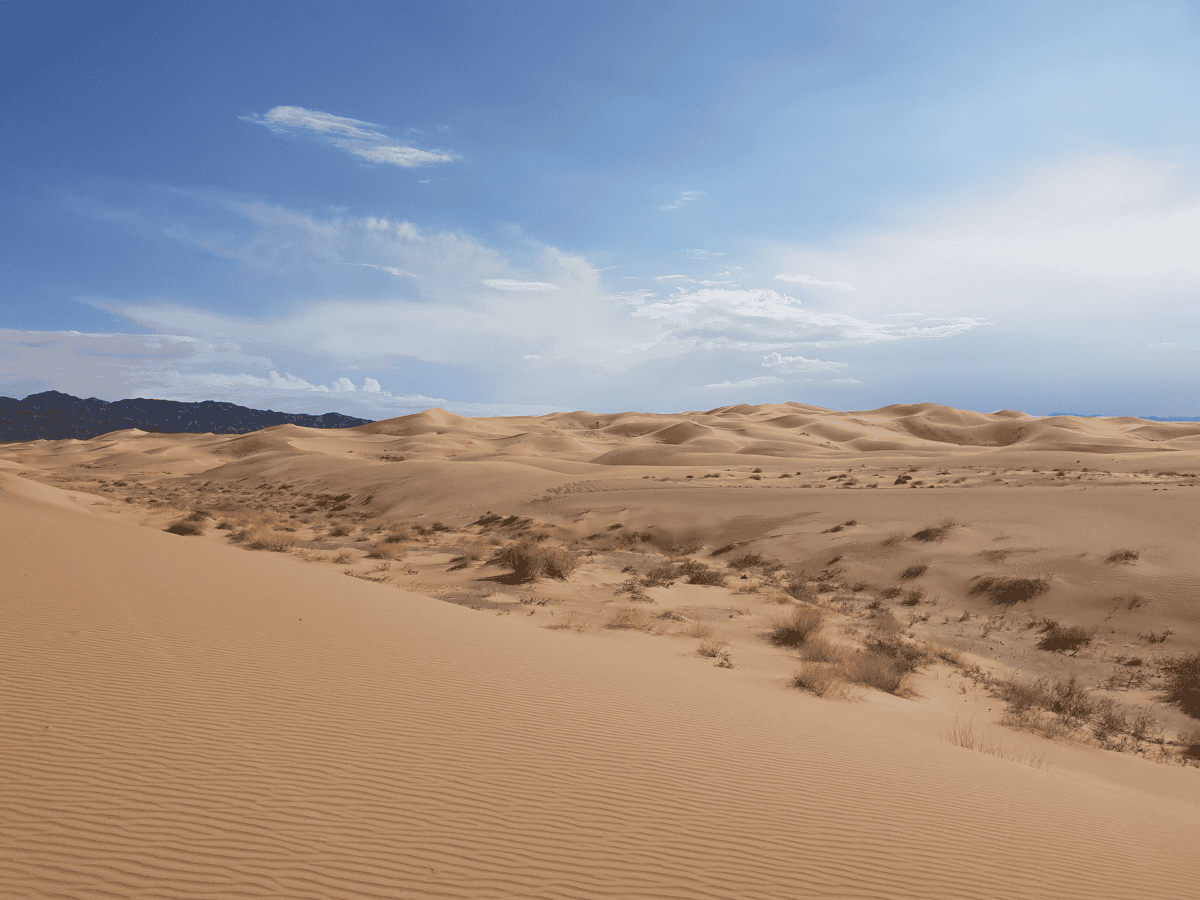
The fossilized nest was discovered in the Gobi Desert of Mongolia by a team of international paleontologists during a routine expedition. The researchers initially noticed unusual sedimentary formations that appeared different from the surrounding rock. Upon careful excavation, they revealed what would prove to be one of the most complete dinosaur nests ever found.
The nest, measuring approximately 2 meters in diameter, was embedded in sandstone deposits dated to the Late Cretaceous period, approximately 75-70 million years ago. What makes this discovery particularly special is not just the nest itself, but the complete preservation of the eggs inside, the surrounding nesting material, and even evidence of the parent dinosaur’s presence.
Identifying the Nest Builder
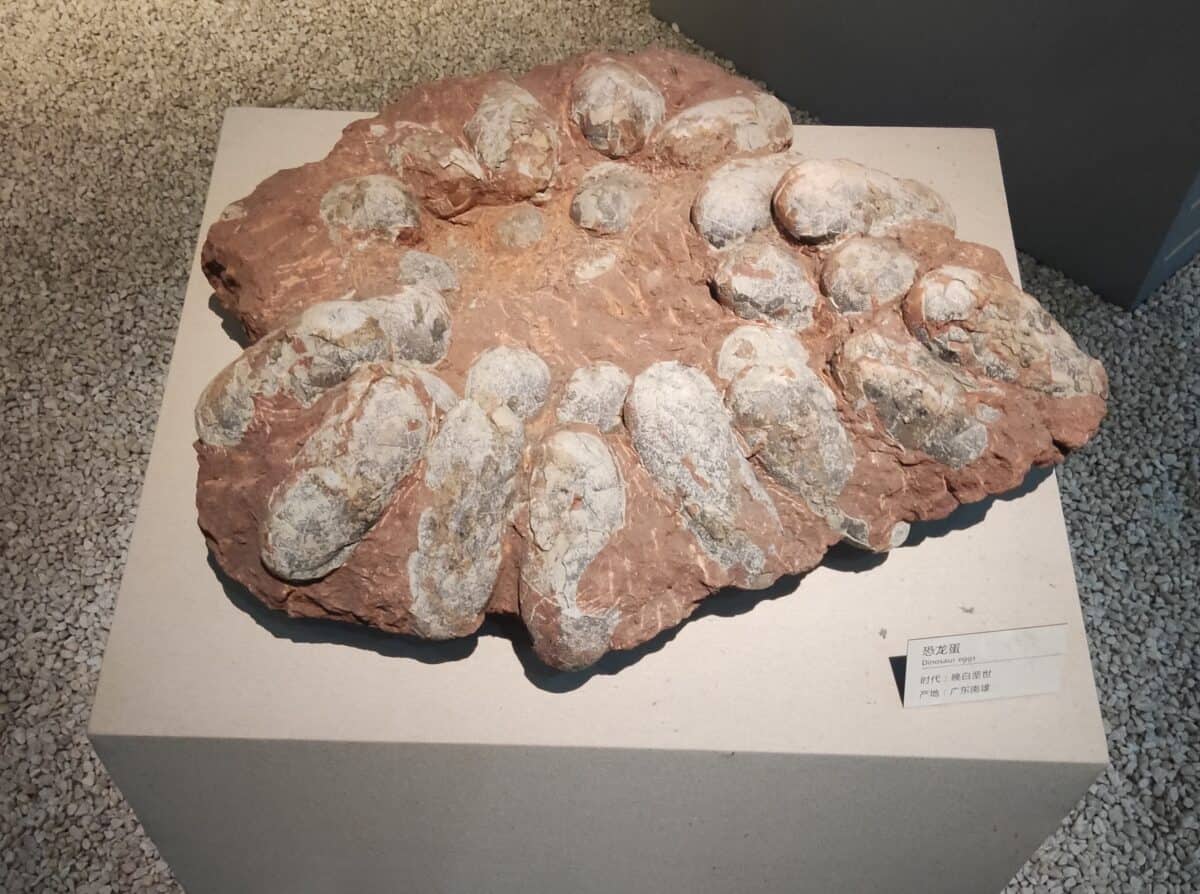
Through careful analysis of the nest structure, egg morphology, and nearby skeletal remains, scientists have identified the nest as belonging to Oviraptor philoceratops, a feathered theropod dinosaur. Oviraptors were bird-like dinosaurs that walked on two legs and had toothless beaks. Originally, when the first Oviraptor fossils were discovered near nests in the 1920s, it was mistakenly believed that they were stealing eggs (hence the name “Oviraptor,” meaning “egg thief”). However, this discovery and others like it have confirmed that these dinosaurs were actually nurturing parents, protecting their own nests rather than raiding them. Microscopic analysis of bone fragments found within the nesting site has provided definitive evidence linking this particular nest to Oviraptor philoceratops.
The Perfectly Preserved Eggs
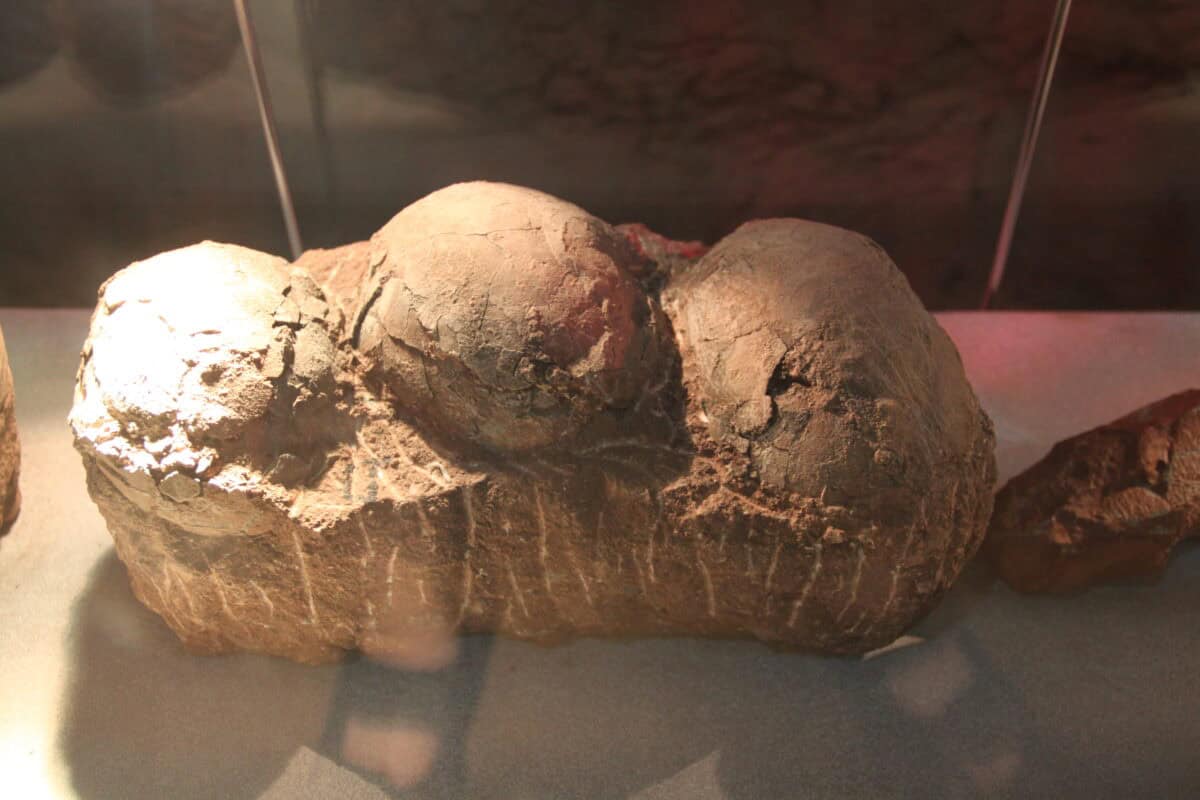
One of the most remarkable aspects of this discovery is the pristine condition of the eggs. The nest contained a clutch of 15 eggs arranged in a circular pattern, each measuring approximately 15-18 centimeters in length with an elongated oval shape. Unlike many fossilized eggs that are crushed or fragmented, these specimens retained their original three-dimensional structure.
The bluish-green tinted shells hint at their original coloration, suggesting that dinosaur eggs, like those of modern birds, may have been colored for camouflage or recognition. Several of the eggs even show evidence of advanced embryonic development, with tiny skeletal structures visible through advanced imaging techniques. This represents an extremely rare opportunity to study dinosaur embryos in their natural nesting context.
Evidence of Parental Care
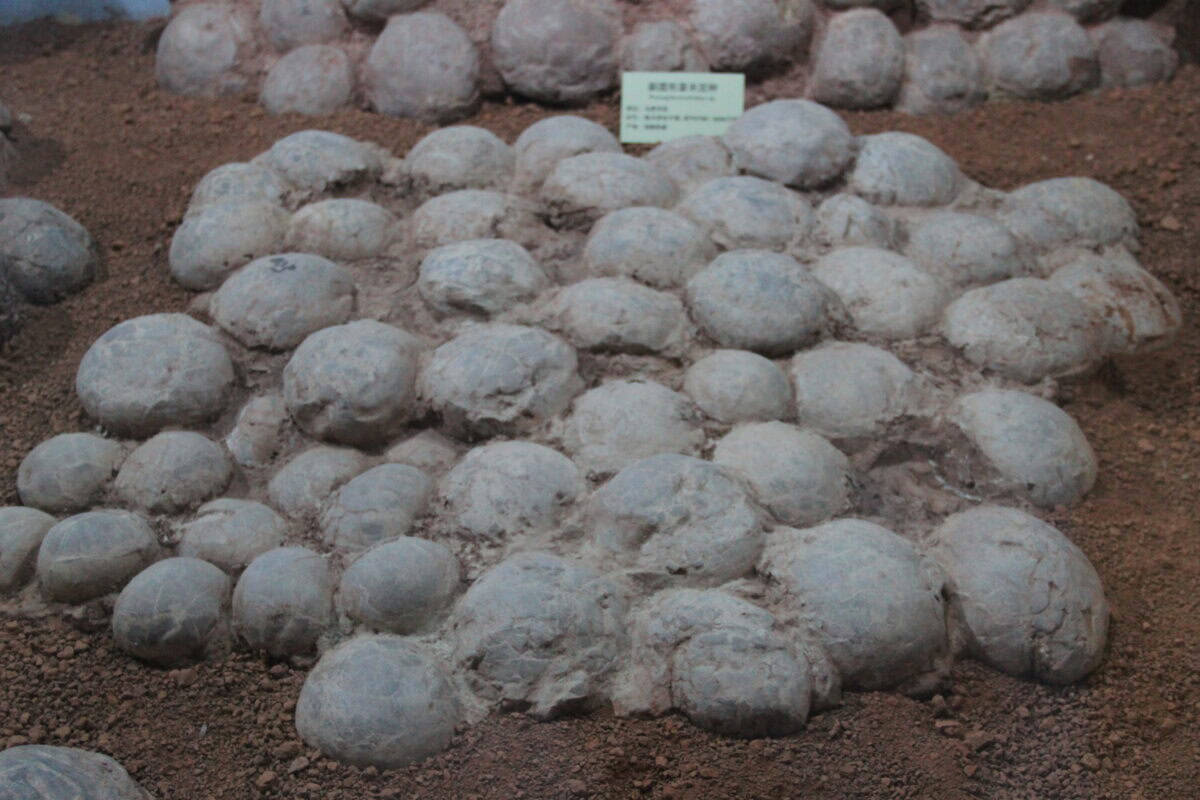
Perhaps the most touching aspect of this discovery is the evidence of parental care preserved at the site. The fossilized remains of an adult Oviraptor were found directly atop the nest in a brooding position with its limbs symmetrically arranged around the clutch of eggs.
This posture, almost identical to that seen in modern brooding birds, provides compelling evidence that these dinosaurs engaged in incubation behaviors. The position of the adult dinosaur suggests it may have died while protecting its nest, perhaps during a sudden sandstorm or other catastrophic event. Microscopic examination of the surrounding sediment indicates rapid burial, which would explain the exceptional preservation and the capture of this poignant moment of parental dedication.
Nest Construction and Materials
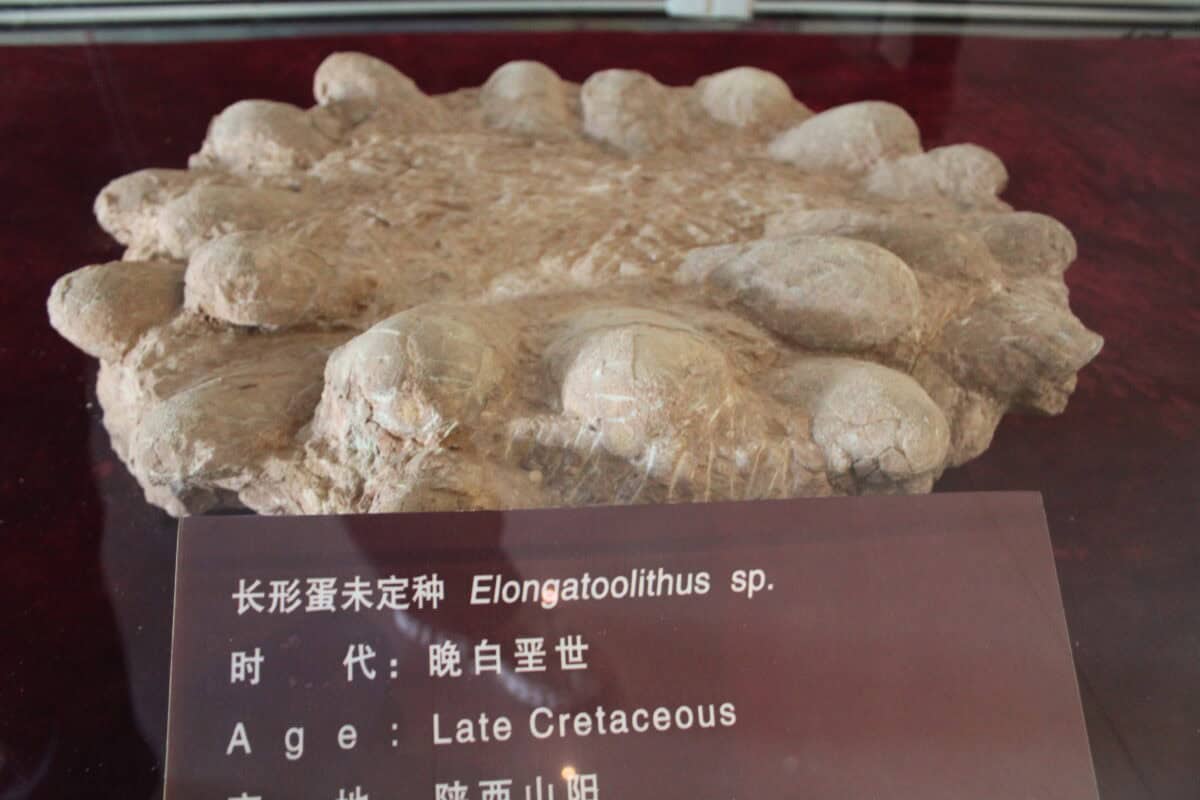
The nest itself reveals sophisticated construction techniques that parallel those of modern birds. Analysis of the nest material shows a combination of vegetation, soil, and possibly regurgitated matter that was shaped into a shallow bowl-like structure. The bottom layer appears to have been carefully prepared with finer materials, creating a soft substrate for the eggs.
Surrounding the eggs were remnants of what appears to be selected vegetation, possibly chosen for its insulating properties or antimicrobial qualities. This level of nest-building complexity suggests a high degree of parental investment and instinctual knowledge about creating optimal conditions for egg development. The presence of multiple vegetation types indicates deliberate selection rather than random accumulation, providing evidence of sophisticated nesting behaviors previously only theorized.
The Paleoenvironment Context
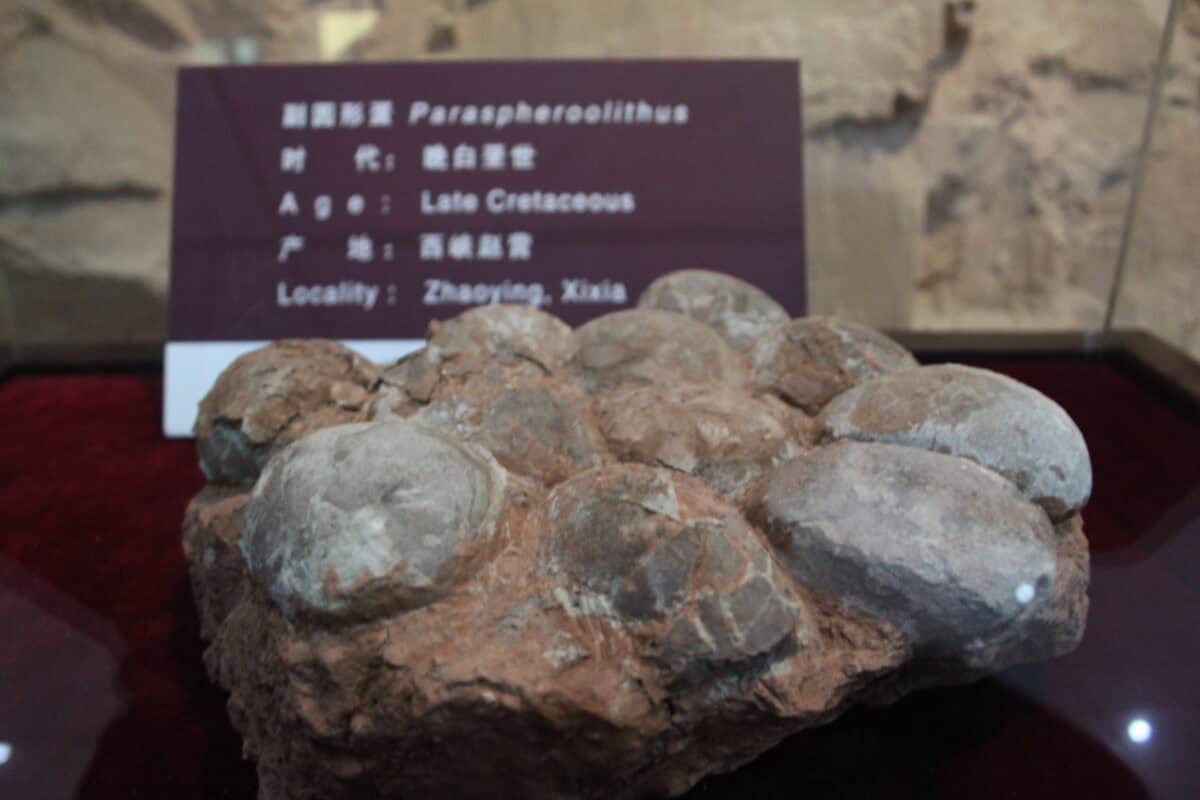
Sedimentary analysis surrounding the nest has provided valuable information about the environment in which these dinosaurs lived and bred. During the Late Cretaceous period, the Gobi Desert region was significantly different from today’s arid landscape. Evidence suggests a semi-arid environment with seasonal watercourses, supporting a diverse ecosystem of plants and animals.
Pollen samples extracted from the nest materials indicate the presence of coniferous trees, ferns, and early flowering plants in the vicinity. This environmental context helps explain why the area might have been selected for nesting, offering both food resources and some natural protection. The preservation of such delicate environmental indicators alongside the nest provides a comprehensive picture of dinosaur habitat selection for reproduction.
Technological Approaches to Studying the Nest
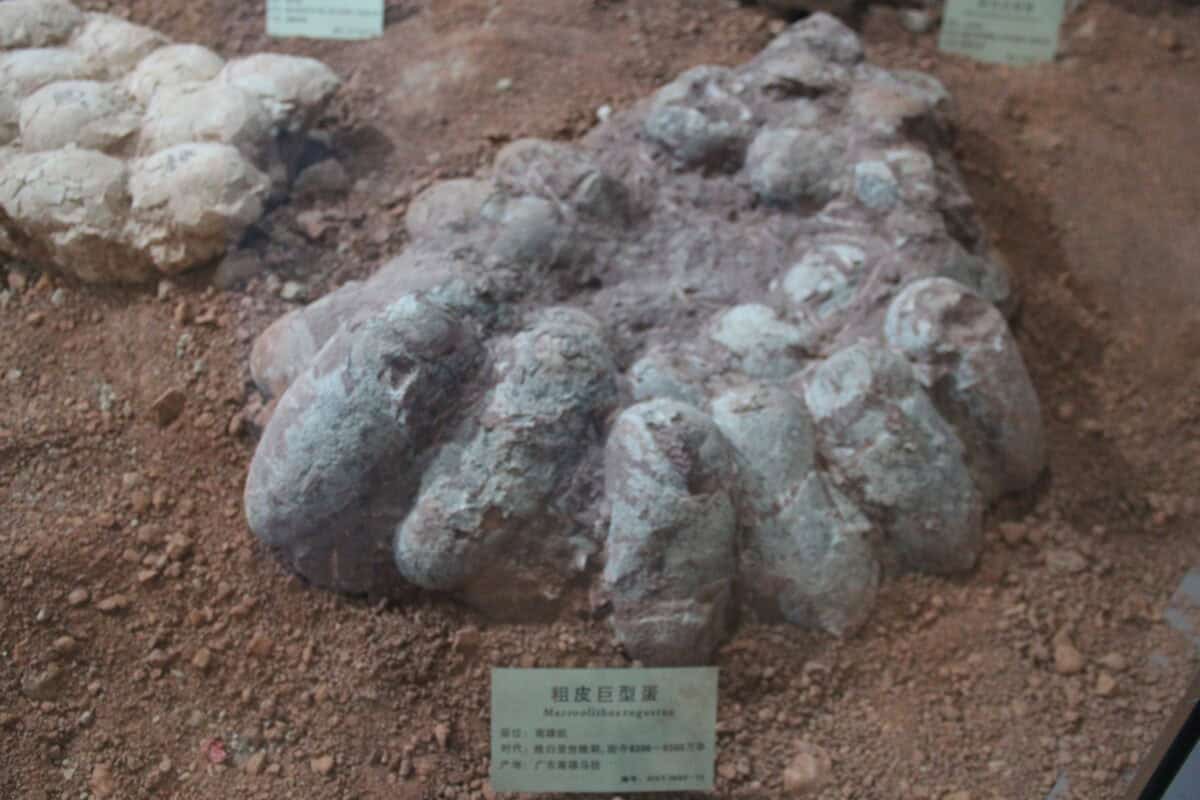
Studying this remarkable fossil has required equally remarkable technology. Researchers have employed a suite of non-destructive techniques to examine the nest without compromising its integrity. Computed tomography (CT) scanning has allowed scientists to peer inside the eggs, revealing embryonic remains and development stages without breaking them open.
X-ray fluorescence has mapped the elemental composition of the nest materials, eggs, and adult remains, providing insights into diet and environmental conditions. Additionally, polarized light microscopy of thin sections taken from minimal samples has revealed cellular structures within the eggshells, adding to our understanding of dinosaur egg physiology. These advanced approaches represent the cutting edge of paleontological research, allowing for unprecedented detailed analysis while preserving the specimen for future studies.
Comparisons with Modern Birds
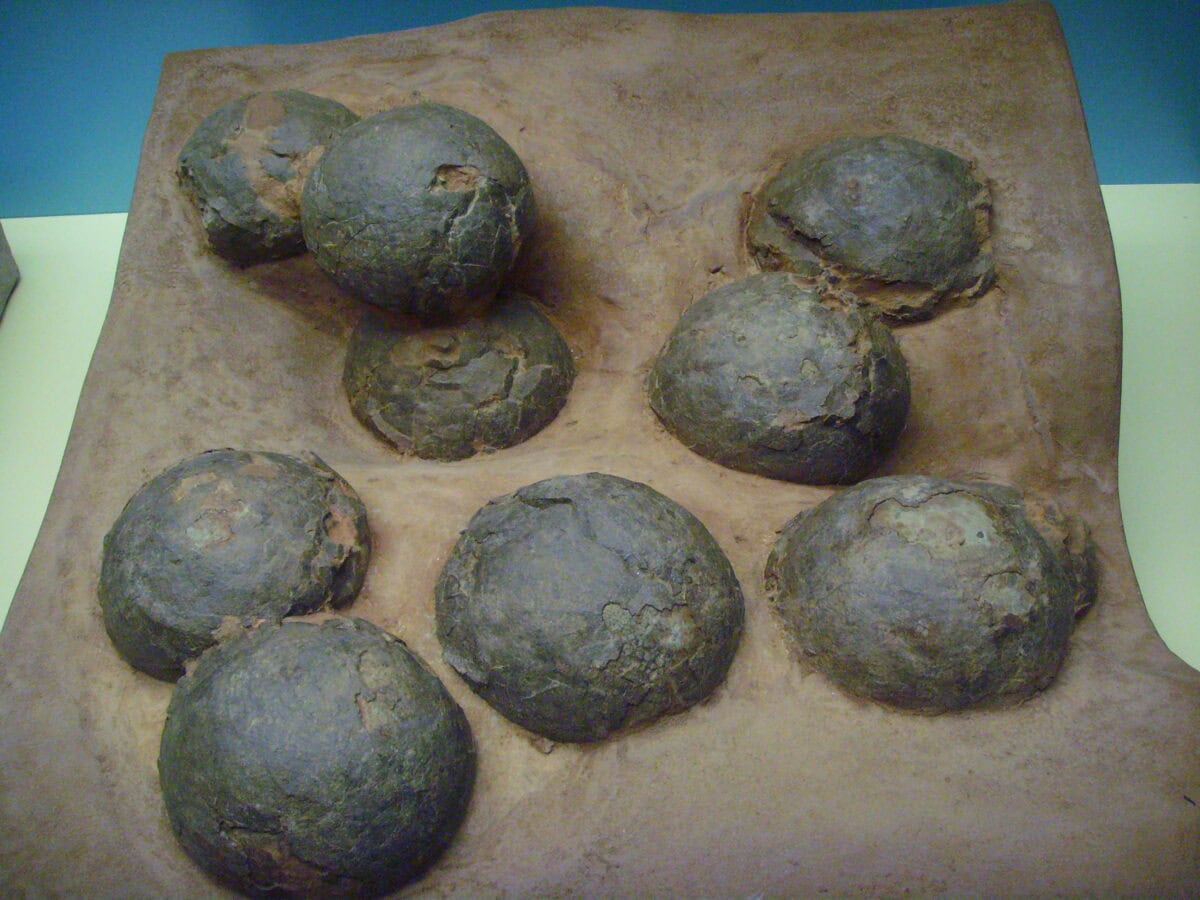
This intact dinosaur nest provides compelling evidence for the evolutionary link between dinosaurs and birds. The arrangement of eggs in the nest, the brooding posture of the adult, and the nest construction techniques all bear striking similarities to those observed in modern avian species. Oviraptors, like many modern birds, appear to have laid their eggs in clutches and then incubated them directly with body contact.
The circular arrangement of the eggs, with their pointed ends facing inward, mirrors what we see in many ground-nesting birds today, allowing for efficient incubation. These parallels strengthen the scientific consensus that birds are the direct descendants of theropod dinosaurs, representing living dinosaurs that survived the mass extinction event at the end of the Cretaceous period.
Implications for Dinosaur Reproduction Theory
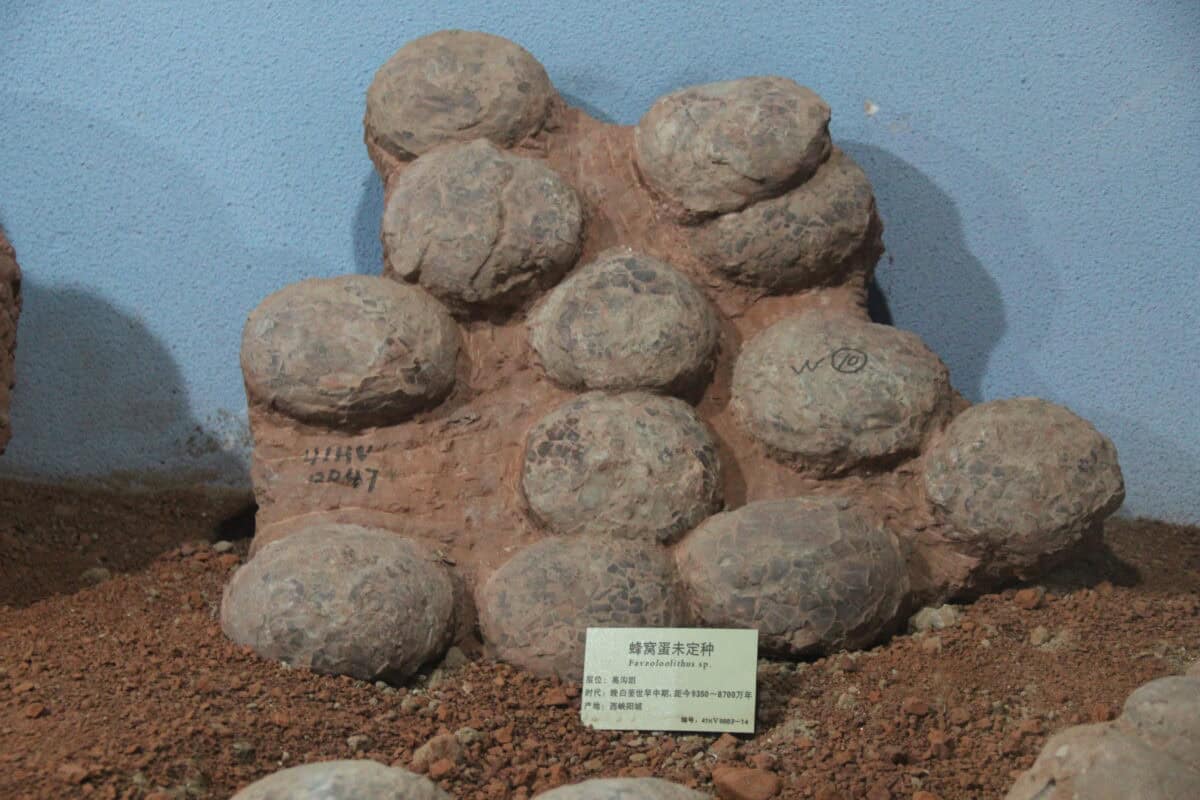
This discovery has significant implications for our understanding of dinosaur reproductive strategies. The size of the clutch (15 eggs) suggests that Oviraptors invested considerable resources in reproduction but hedged their bets by producing multiple offspring simultaneously. The advanced development of embryos within a single clutch indicates synchronized egg-laying and development, rather than the sequential laying observed in some reptiles.
Additionally, the direct physical contact between the adult and eggs supports the theory that at least some dinosaur species were warm-blooded, using their body heat to incubate their eggs. These insights contribute to the growing body of evidence that dinosaur reproduction was more bird-like than reptile-like, further blurring the traditional distinctions between these groups and highlighting the evolutionary continuum they represent.
Preservation Miracle: How Did It Survive?
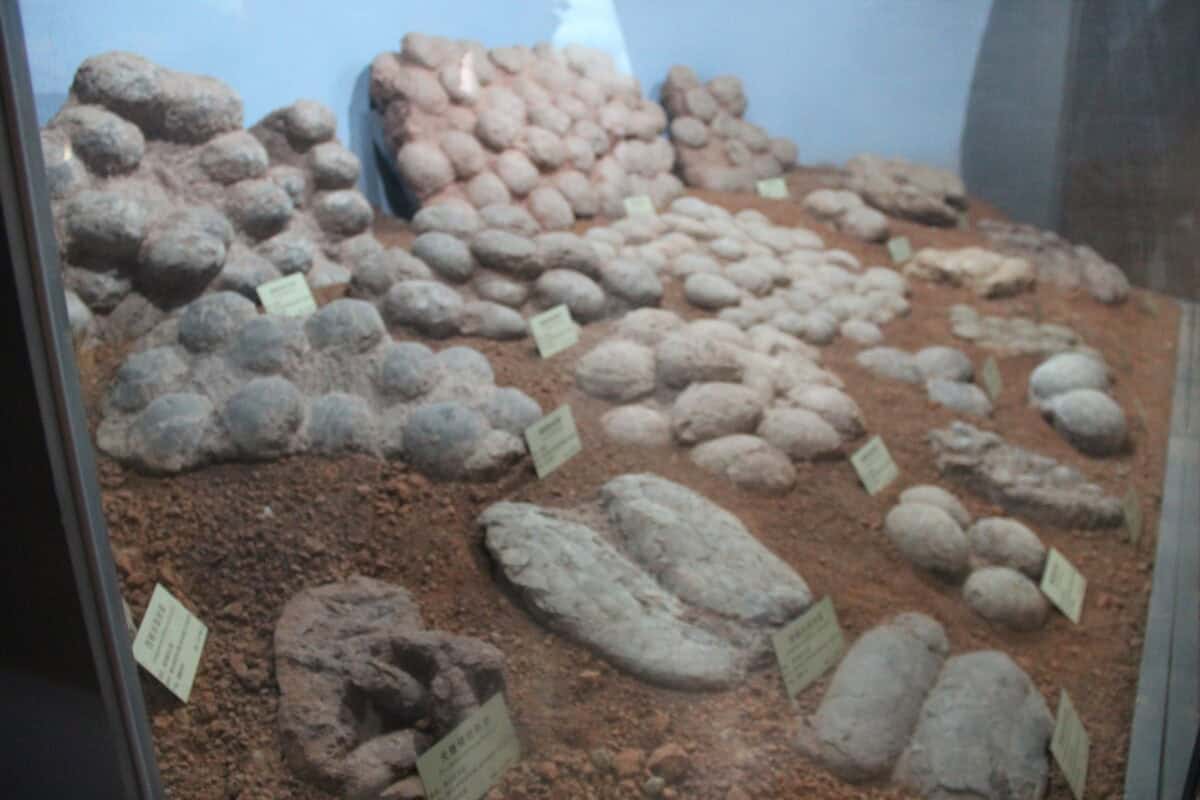
The exceptional preservation of this nest represents a rare confluence of circumstances that paleontologists often dream about but rarely encounter. Taphonomic analysis (the study of how organisms decay and become fossilized) suggests that a rapid burial event, likely a sandstorm or flash flood, quickly covered the nest and brooding parent. The fine-grained sediment created an oxygen-poor environment that slowed decomposition and prevented scavenging.
Additionally, the mineral composition of the surrounding soils facilitated the replacement of organic materials with minerals through permineralization, essentially turning the biological materials to stone while maintaining their original structure. The relatively stable geological history of this particular region of the Gobi Desert also meant that once buried, the fossil remained undisturbed by major tectonic activity, erosion, or human interference until its recent discovery.
Similar Discoveries Around the World
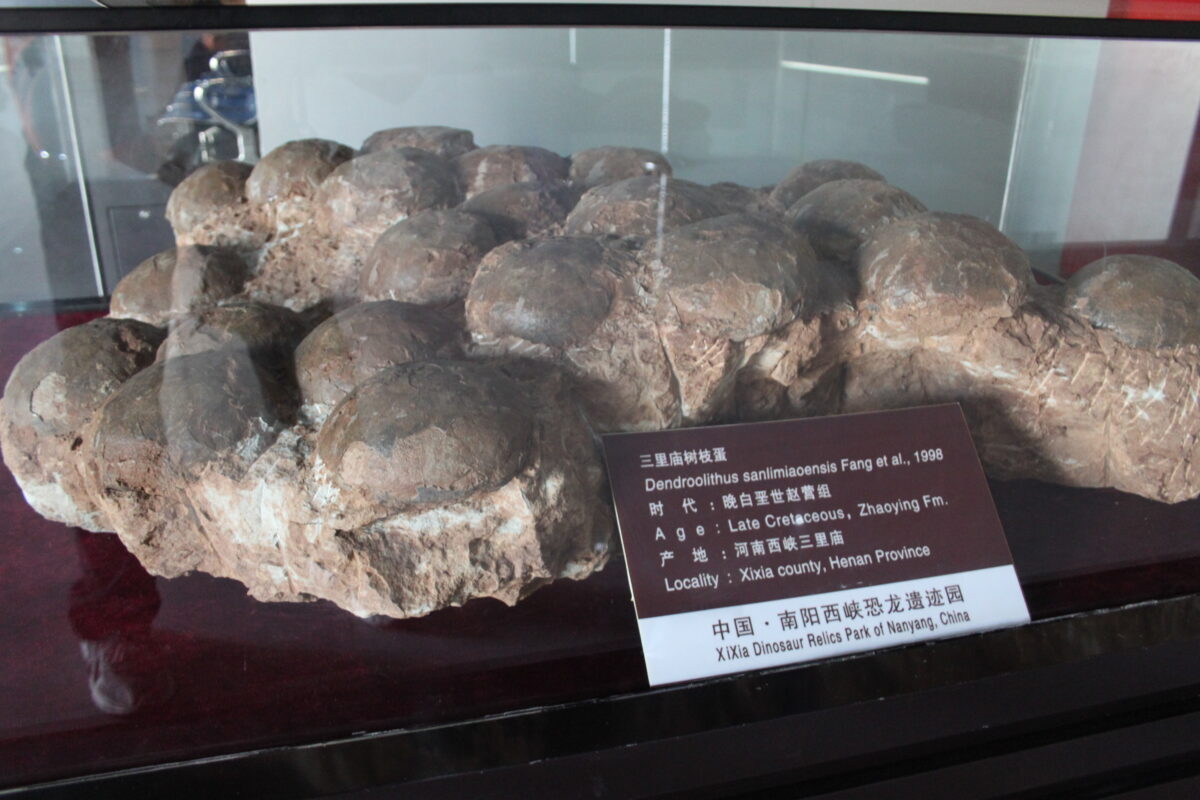
While this Mongolian nest is exceptional in its completeness, it joins a growing catalog of dinosaur nesting sites discovered around the world. Notable examples include the extensive nesting grounds of Maiasaura in Montana, which revealed the first evidence of colonial nesting in dinosaurs; the multiple Oviraptor nests found in China’s Jiangxi Province; and the recently discovered sauropod nesting sites in Patagonia.
Each discovery adds pieces to the puzzle of dinosaur reproductive biology, but few offer the comprehensive snapshot provided by this fully intact specimen. The global distribution of these discoveries indicates that sophisticated nesting behaviors were widespread among diverse dinosaur lineages, suggesting that parental care may have been a key factor in their evolutionary success prior to the extinction event that ended their reign.
Conservation and Exhibition Plans

The pristine condition of this fossilized nest presents both opportunities and challenges for conservation and public education. The research team has collaborated with preservation specialists to develop a custom housing unit that maintains optimal temperature, humidity, and light conditions to prevent degradation of the specimen. Currently, the nest remains at the Institute of Paleontology in Ulaanbaatar, Mongolia, where scientists continue their analysis.
Plans are underway for a special exhibition that will showcase this remarkable find to the public while maintaining its scientific integrity. The exhibition will feature interactive displays explaining the significance of the discovery, including life-sized reconstructions of the nesting Oviraptor and developing embryos. Virtual reality experiences are also being developed to allow visitors to explore the nest in its original environmental context, creating an immersive educational experience that brings this ancient scene to life.
Conclusion: A Window Into Dinosaur Family Life
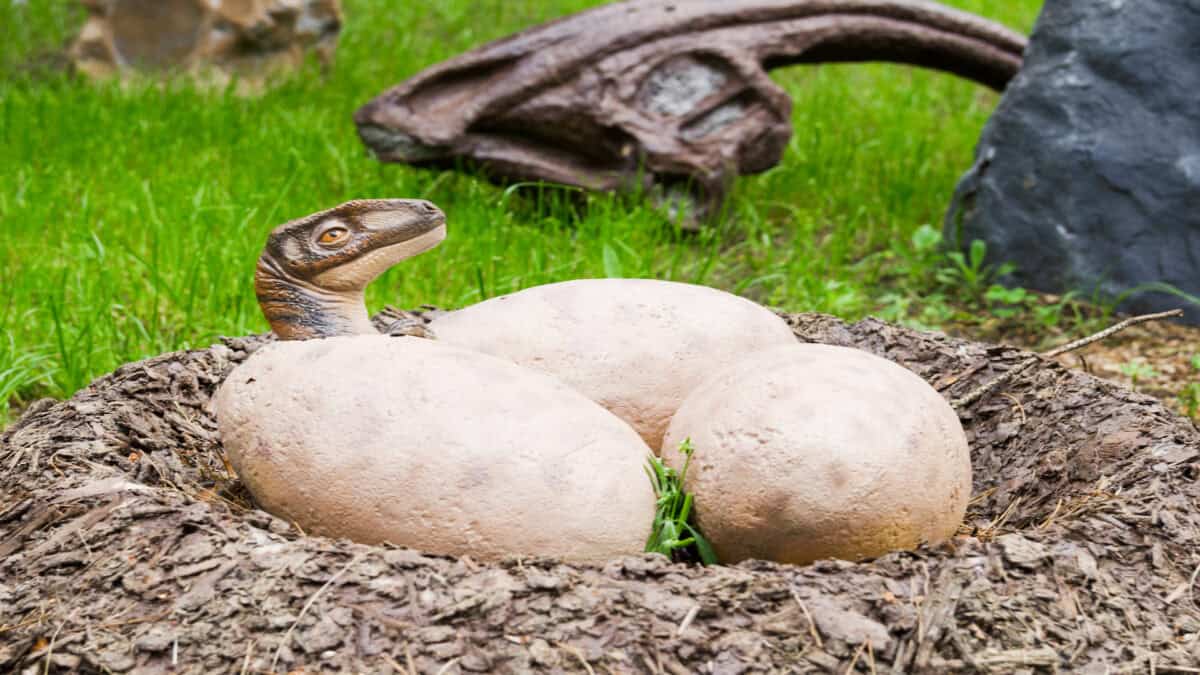
The discovery of this intact fossilized dinosaur nest represents a watershed moment in paleontology, providing an unparalleled glimpse into the intimate family life of creatures that walked the Earth millions of years ago. Through this remarkable preservation, we witness not just the physical remains of ancient beings, but a poignant moment frozen in time—a parent caring for its offspring, a family structure recognizable across the vast gulf of evolutionary time.
The scientific insights gained from this single discovery have revised multiple theories about dinosaur behavior, physiology, and the evolutionary relationship between dinosaurs and birds. As research continues on this exceptional specimen, we can expect further revelations that will continue to transform our understanding of these fascinating creatures that have captured human imagination since the first dinosaur fossils were recognized.
- This Massive Crocodile Fossil Dwarfs Anything Alive Today - August 15, 2025
- From Symbol to Supper: The Cultural Journey of the Chicken - August 15, 2025
- The Lizard That Brought Fire: Aboriginal Australian Legends - August 15, 2025

